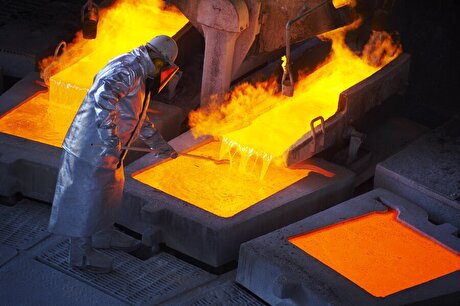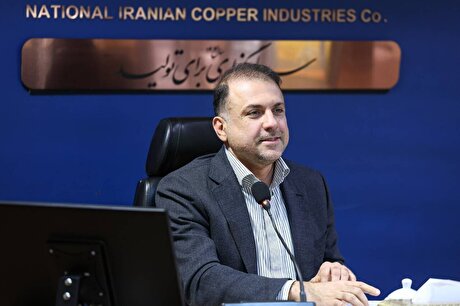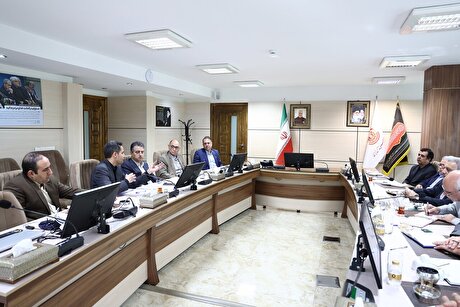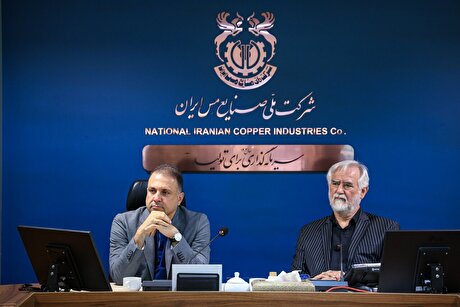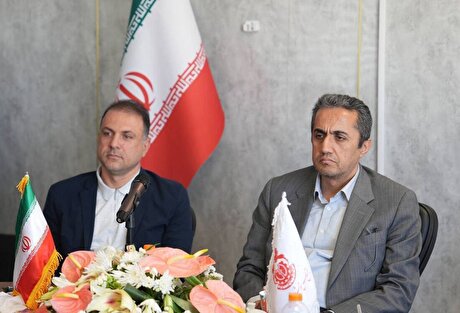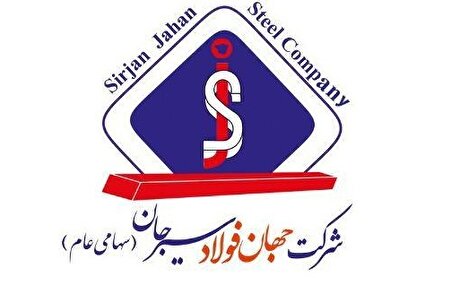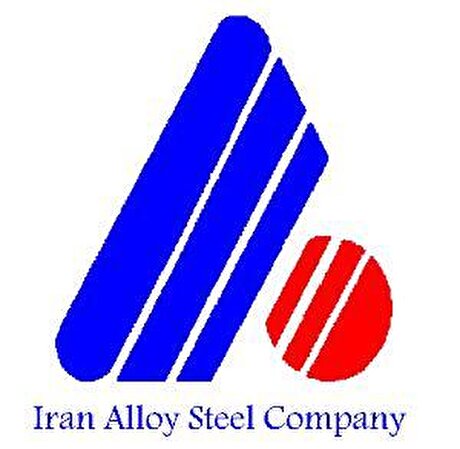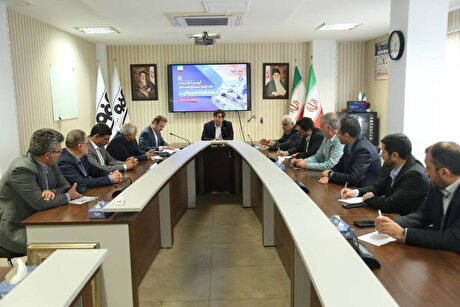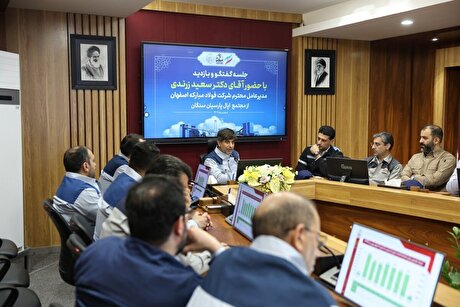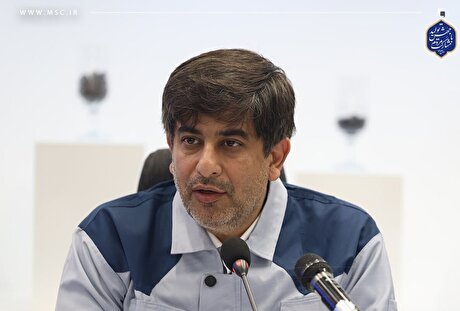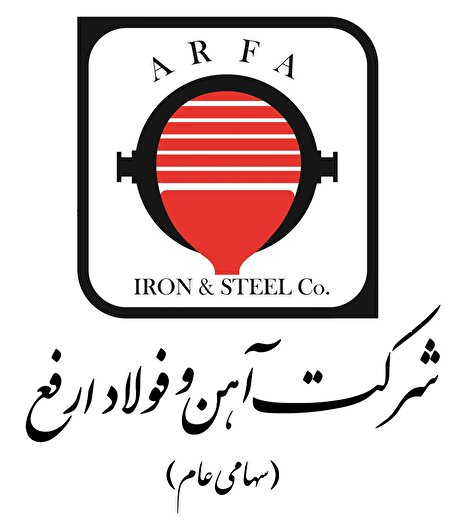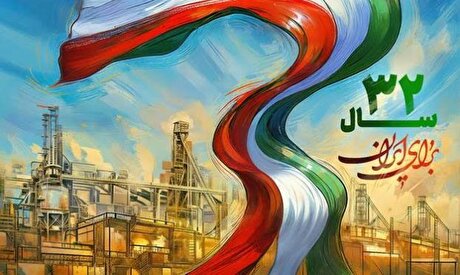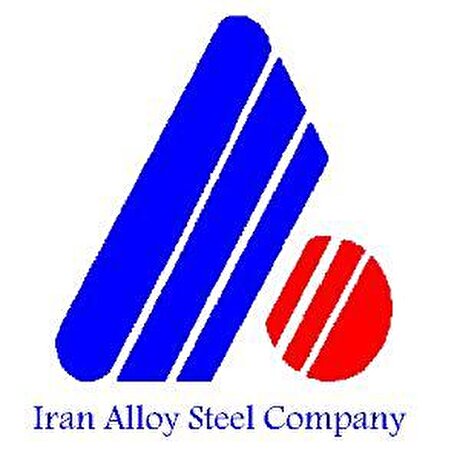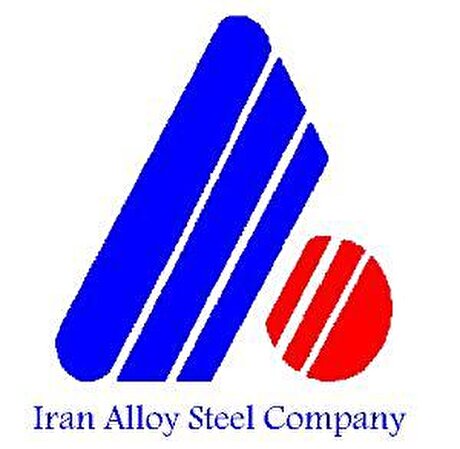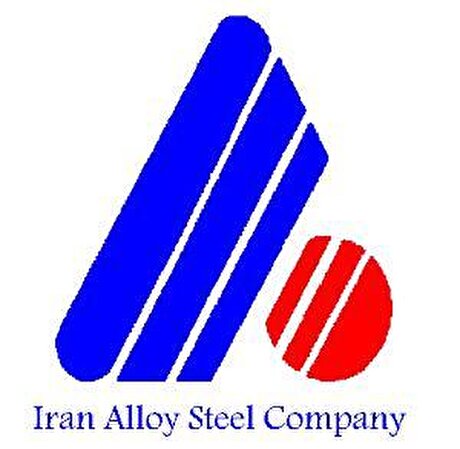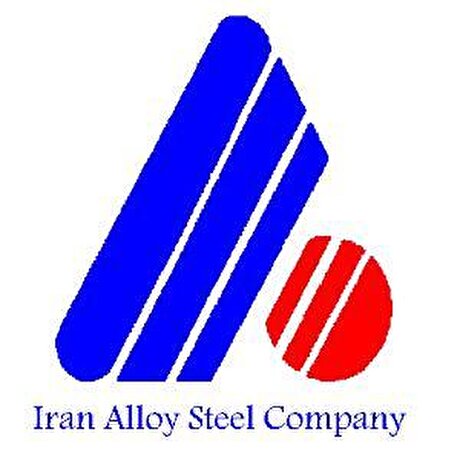
Chain financing will help remove barriers to production
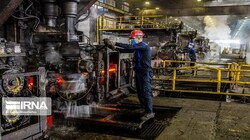
Considering the state of production enterprises, each country can protect its economy from external risks including sanctions and war. Due to the fact that in 2015-17, the country had undue imports, it was sidelined from production, and it led to the closure of many production units across the country.
The capital drainage from the country can be seen as one of the consequences of such anti-production policies, and the policymakers at that time did not give room for Iranian producers and easily showed the exit doors to entrepreneurs.
After the withdrawal of the United States from the JCPOA and the formation of financial and import restrictions for the country, many problems arose for the people in the first days, and there were shortages and unprecedented price jumps in some essential goods.
But through time, with the planning and support provided to domestic production units, the country's national production returned to work and overcame many crises. In 2018, Iran’s home appliance market was monopolized by South Korean brands, but with the withdrawal of the United States from the JCPOA, these companies left Iran.
But Iran’s home appliance manufacturers did not back down for a moment and multiplied their production capacity to get out of such a situation, and their supports reached the point where now, in addition to domestic sales, manufacturers also target global markets.
Now, considering the experiences of the past years and achieving the point that national production makes the country’s economy robust against the internal and external risks, the government should support entrepreneurs and economic drivers by changing its strategic outlook.
Talking on financing entrepreneurs and economic drivers, Seyyed Mehdi Niazi, a deputy minister of industry, mine and trade, has said, “We are implementing a new model which started last year. We received an approval from the economic headquarters of the government for new developments in banking facilities.”
“According to the new model, the financing of production is done by chain financing. The next project is that the payment of facilities in the field of production will be based on an electronic invoice that is registered in the comprehensive system,” he noted.
Niazi added, “We believe that with the implementation of the model, the demand for liquidity in the production sector would be reduced, and the allocation of financial resources would be made, in which case, resources would be allocated in a transparent manner and banks would have no excuse for not granting loans.”
At present, the financial chains are being identified in the provinces, and in our banking network we have signed a memorandum of understanding with 12 banks to develop the model this year, and a significant share of resources would be paid according to this model, he concluded.
According to the official, it is likely that in the coming years, entrepreneurs and economic drivers will have fewer obstacles in the field of financing.
The growth of national production and encouraging the owners of capital to invest in the country’s production projects are among the positive consequences of the decisions made by the Iranian Ministry of Industry.
Source: Iran daily


Barrick’s Reko Diq in line for $410M ADB backing
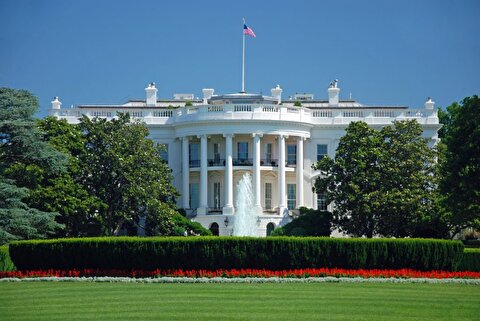
Trump weighs using $2 billion in CHIPS Act funding for critical minerals
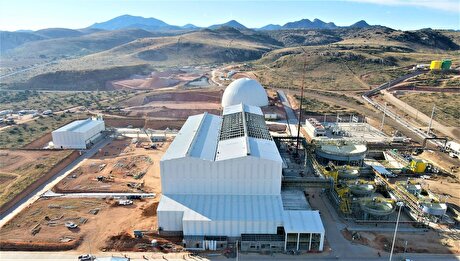
Pan American locks in $2.1B takeover of MAG Silver

US adds copper, potash, silicon in critical minerals list shake-up

Gold price gains 1% as Powell gives dovish signal
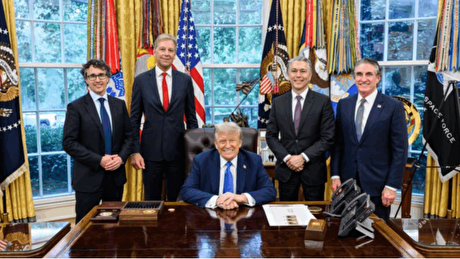
Trump raises stakes over Resolution Copper project with BHP, Rio Tinto CEOs at White House
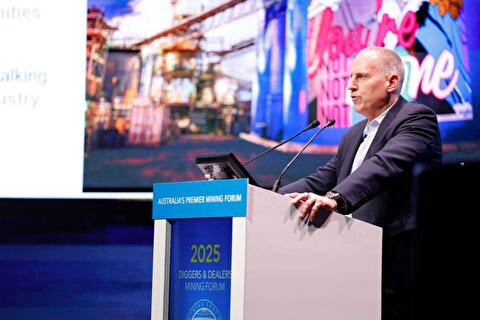
Gold boom drives rising costs for Aussie producers
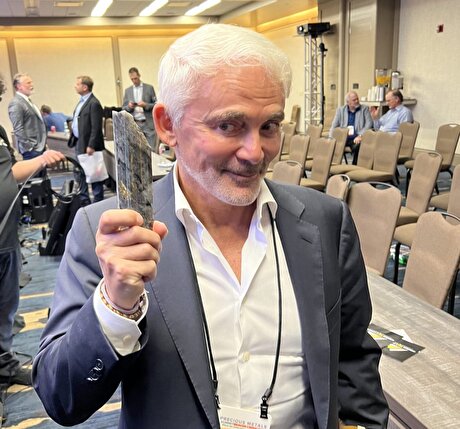
Giustra-backed mining firm teams up with informal miners in Colombia

US seeks to stockpile cobalt for first time in decades
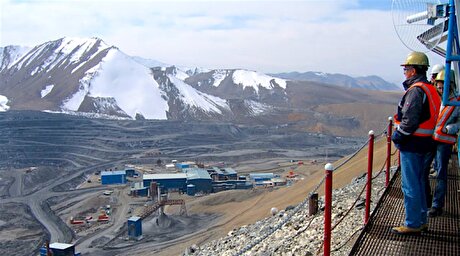
Kyrgyzstan kicks off underground gold mining at Kumtor
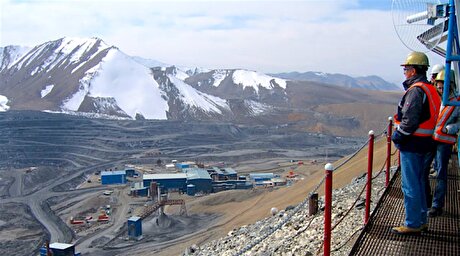
Kyrgyzstan kicks off underground gold mining at Kumtor

KoBold Metals granted lithium exploration rights in Congo
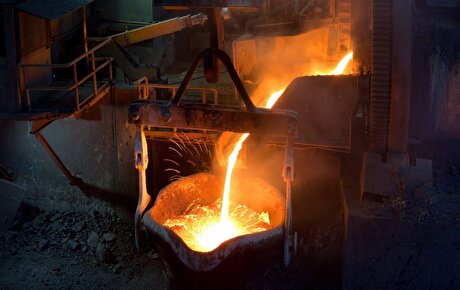
Freeport Indonesia to wrap up Gresik plant repairs by early September
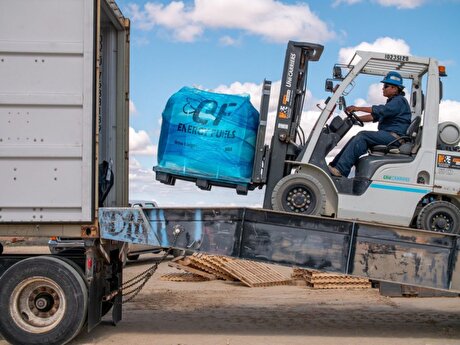
Energy Fuels soars on Vulcan Elements partnership

Northern Dynasty sticks to proposal in battle to lift Pebble mine veto

Giustra-backed mining firm teams up with informal miners in Colombia

Critical Metals signs agreement to supply rare earth to US government-funded facility
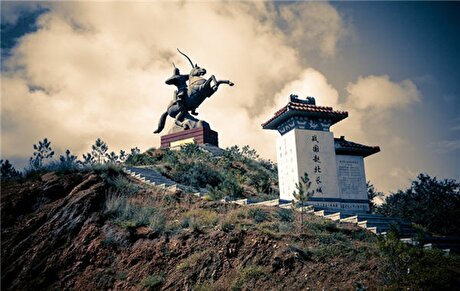
China extends rare earth controls to imported material
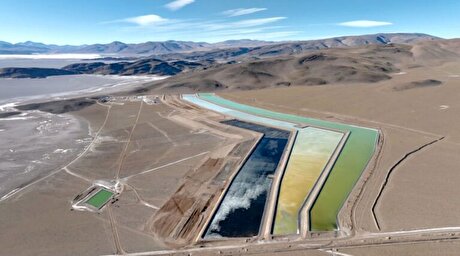
Galan Lithium proceeds with $13M financing for Argentina project

Kyrgyzstan kicks off underground gold mining at Kumtor

Freeport Indonesia to wrap up Gresik plant repairs by early September

Energy Fuels soars on Vulcan Elements partnership

Northern Dynasty sticks to proposal in battle to lift Pebble mine veto

Giustra-backed mining firm teams up with informal miners in Colombia

Critical Metals signs agreement to supply rare earth to US government-funded facility

China extends rare earth controls to imported material

Galan Lithium proceeds with $13M financing for Argentina project

Silver price touches $39 as market weighs rate cut outlook

